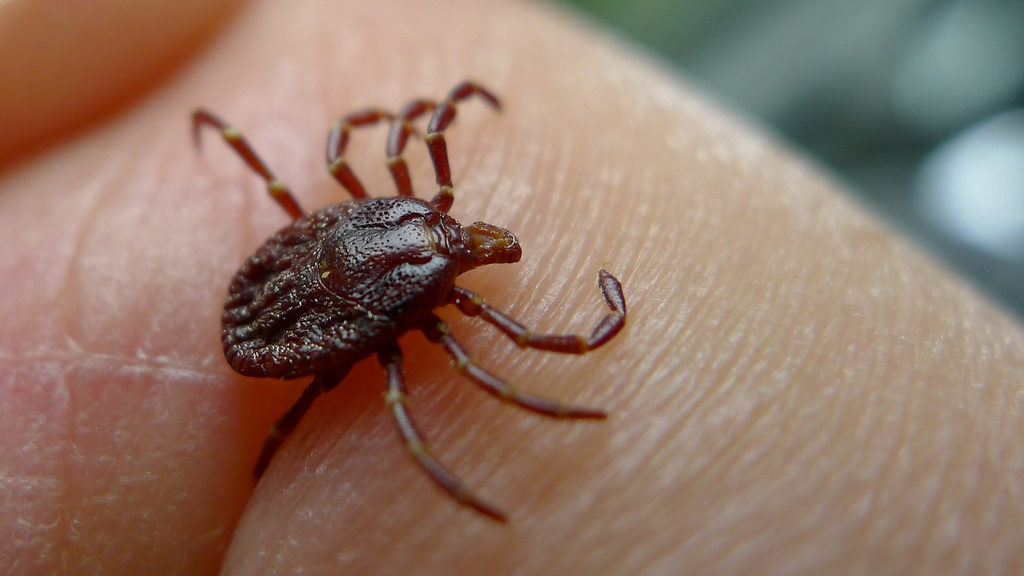
Summer is peak season for ticks, so take measures to protect yourself and your family.
While ticks can be found year-round, they’re most prevalent during the warm summer months, which brings an increased risk for Bay Area residents who enjoy spending time outdoors. To protect yourself and your family from these pervasive pests and the health threats they present, consider the following tick prevention tips:
Avoid ticks while outdoors. A fear of ticks shouldn’t deter you from enjoying the outdoors this summer, but you should take proactive steps to avoid them. Whenever possible, avoid areas ticks commonly inhabit, such as grassy, brushy or wooded areas. Prior to hiking or camping in such areas, treat clothing and other outdoor gear with an EPA-registered repellent. Be sure to follow the product instructions and check for child safety guidelines.
Check yourself after potential exposure. After being in an area where ticks may be present, employ the following preventative steps:
- Remove all clothing items and place them in the dryer at high heat for 20 minutes to kill any “hitchhikers.”
- Shower within two hours of exposure to wash off any ticks that haven’t yet attached themselves.
- Perform a full-body tick check. Use a mirror to view hard-to-reach areas, such as behind your back and legs. If you have children, check them for ticks as well.
- If you find a tick on your body, follow proper removal procedure as outlined by the Centers for Disease Control and Prevention (CDC).
Keep ticks out of your yard. If you live in or near an environment ticks commonly inhabit, implement the following measures to minimize their presence:
- Maintain well-trimmed foliage and eliminate excess brush that can serve as a hideaway for ticks.
- Create a buffer zone of gravel or wood chips to separate outdoor lounging and play areas from forested areas.
- Discourage common tick hosts like deer and squirrels by removing plants and other factors that attract them. You can also apply a natural repellent or install deer fencing.
- Apply a chemical treatment to your property. A one-time application of an acaricide can significantly reduce the presence of ticks in your yard. Prior to independent application, contact your local health official about application rules and advice.
Tick-proof your pets. Besides being easy targets for ticks, dogs and cats can provide them with a direct means of transportation into the home. To prevent this, utilize tick collars, sprays, shampoos and other products that lessen your pet’s appeal as a potential host. Before applying a tick repellent to your pet, consult your veterinarian and closely follow all usage instructions.
Find a Diamond Certified pest control company in your area
Photo credit: John Tann ©2011, shared under a Creative Commons (CC BY 2.0) license
